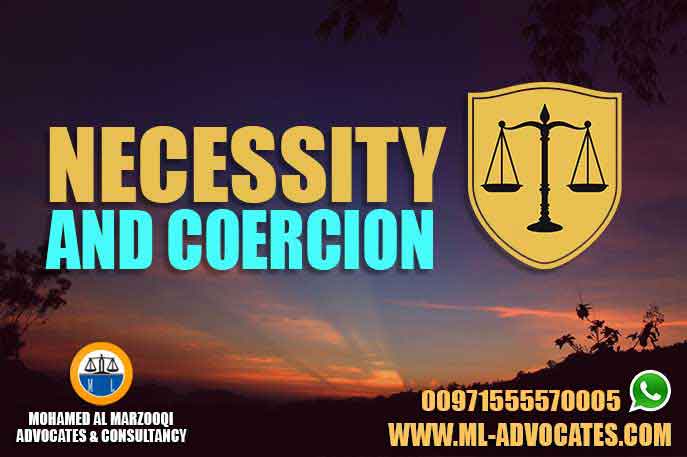The Essential Steps in Effective Medical Malpractice Defense The overall goal in mounting a medical malpractice defense is to demonstrate that the defendant WhatsApp: +971555570005
The Essential Steps in Effective Medical Malpractice Defense
The overall goal in mounting a medical malpractice defense is to demonstrate that the defendant physician’s treatment of the plaintiff was eminently reasonable at the time it was rendered, and/or the patient’s outcome was caused by an underlying medical problem or a complication of that condition. Of course, when defending a medical center, the same goal applies: to demonstrate that the treatment rendered at the time of the event met the standard of care.
At the initial stages of the defense, renowned experts should be appointed in the particular medical specialty involved in the claim who are conversant with the standard of care at the time treatment was rendered.
The second step will require some Internet research, review of medical literature, and close consultation with the client. Indeed, defense counsel must obtain a thorough understanding of the plaintiff’s disease process, including any co-morbidities or risk factors plaintiff presented. This requires intense medical research using search engines such as Google’s Scholar, Pub Med, and Uptodate. Many defense firms maintain medical libraries and databases with curriculae vitae of the leading experts in every specialty.
Once an understanding of the standard of care and recognizing all of the accepted treatment alternatives and the downside risks of the treatment at issue, then step three can be followed which include an exhaustive document discovery process during which obtain all of the plaintiff’s medical records, including health insurance records. Examination of the records of each prior and subsequent treating physician or hospital and produce a timeline of the plaintiff’s treatment. It is of critical importance to understand the context in which the client made treatment decisions and ensure that the physician was thorough in his approach. It is important to establish that when the client assessed this particular patient, he took a complete history, performed a thorough examination of the patient, ordered the tests that were indicated at the time, and came up with a reasonable assessment of the disease process—i.e., a reasonable differential diagnosis—before recommending a treatment plan for the condition diagnosed.
When defending a physician at trial, the lawyer must turn back the clock to the hour, day, month, and year treatment was rendered. Understand the nuances of plaintiff’s disease and explain to the court how eminently reasonable the physician’s medical or surgical judgment was at the time treatment recommendations were made. Establish the concept of acceptable treatment alternatives, and demonstrate how the client met the standard of care by recommending one of those acceptable alternatives.
In an appropriate case, the defense must challenge plaintiff’s causation theory by demonstrating that there is no peer-reviewed study or accepted medical evidence to link the physician’s treatment to the patient’s outcome. Interview or depose key subsequent treating physicians to expose the fallacy of plaintiff’s theories of causation. Conduct the defense as though there is a burden of proof by being proactive at trial. The fact finders must be convinced that objectivity requires they find facts that will exonerate the client. In that respect, justice will be done.
Defense Key Points
Thoroughly investigate the facts that were presented to the physician or health care professional at the time of the treatment in issue. Interview the physician, and closely examine his office records, hospital chart entries, laboratory tests, radiographic studies, and reports from consulting physicians.
• Identify renowned experts in the particular medical specialty involved in the claim who are conversant with the standard of care at the time treatment was rendered and who can communicate well with a jury. Obtain a thorough understanding of the plaintiff’s disease process, including any co-morbidities.
• Obtain all of the plaintiff’s medical records, including health insurance records. Examine each prior and subsequent treating physician or hospital, and produce a timeline of the plaintiff’s treatment to understand the context in which your client made treatment decisions and ensure he was thorough in his approach.
• Using audio and visual equipment to explain the plaintiff’s anatomy, the disease process, and the client’s thinking process at the time treatment was rendered. Be able to communicate to laypeople the bases for the physician’s judgment calls and demonstrate how each one was reasonable at the time it was made.
• Advise physician clients who wish to avoid malpractice suits to maintain good documentation and a positive relationship with the patient and her family, during and after her hospital stay.
Attorney / Mohamed Al Marzooqi
Mohamed Al Marzooqi advocates & Consultancy
Lawyer in Abu Dhabi, Dubai – UAE









